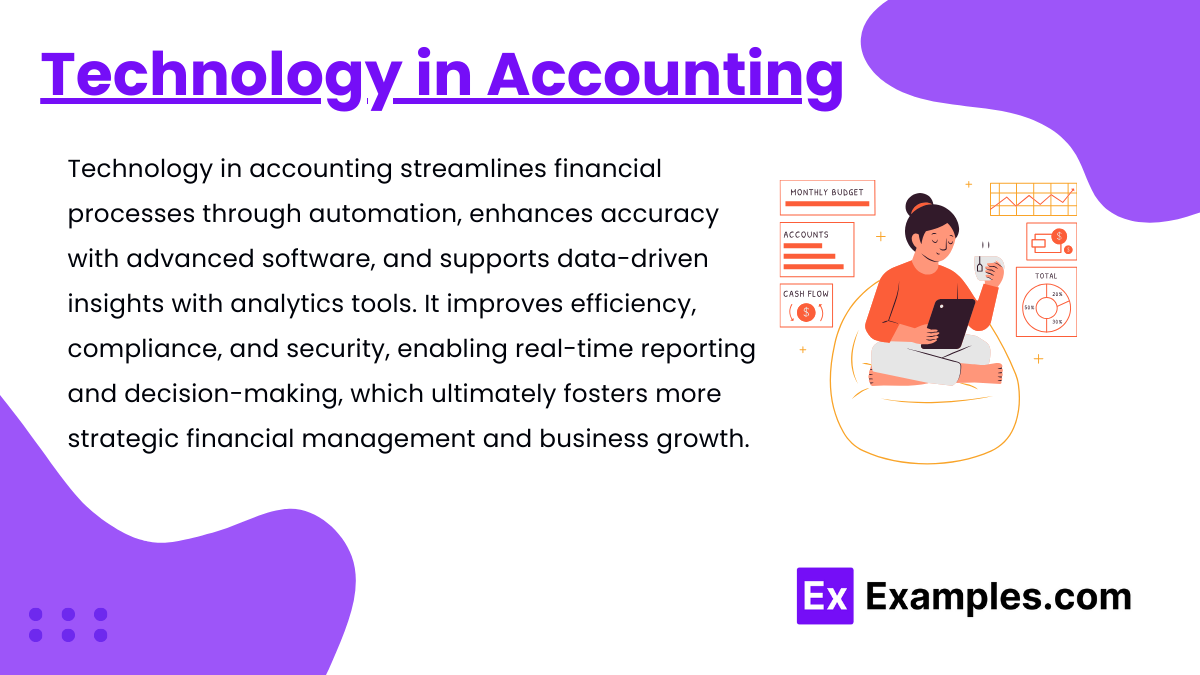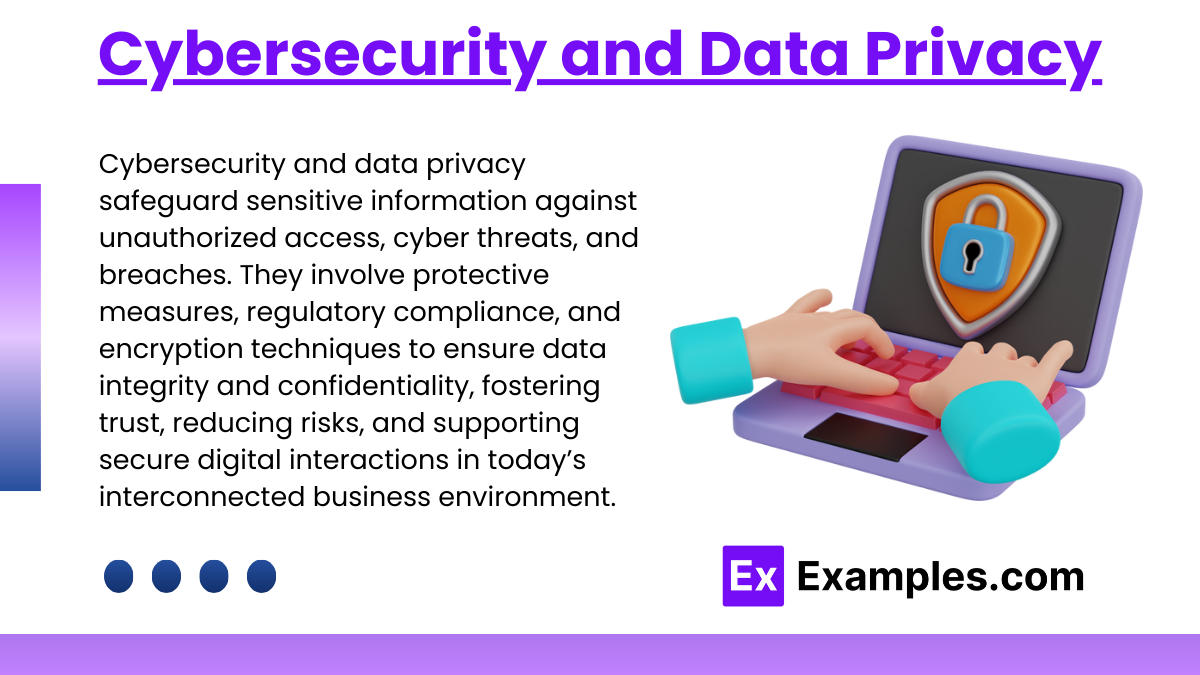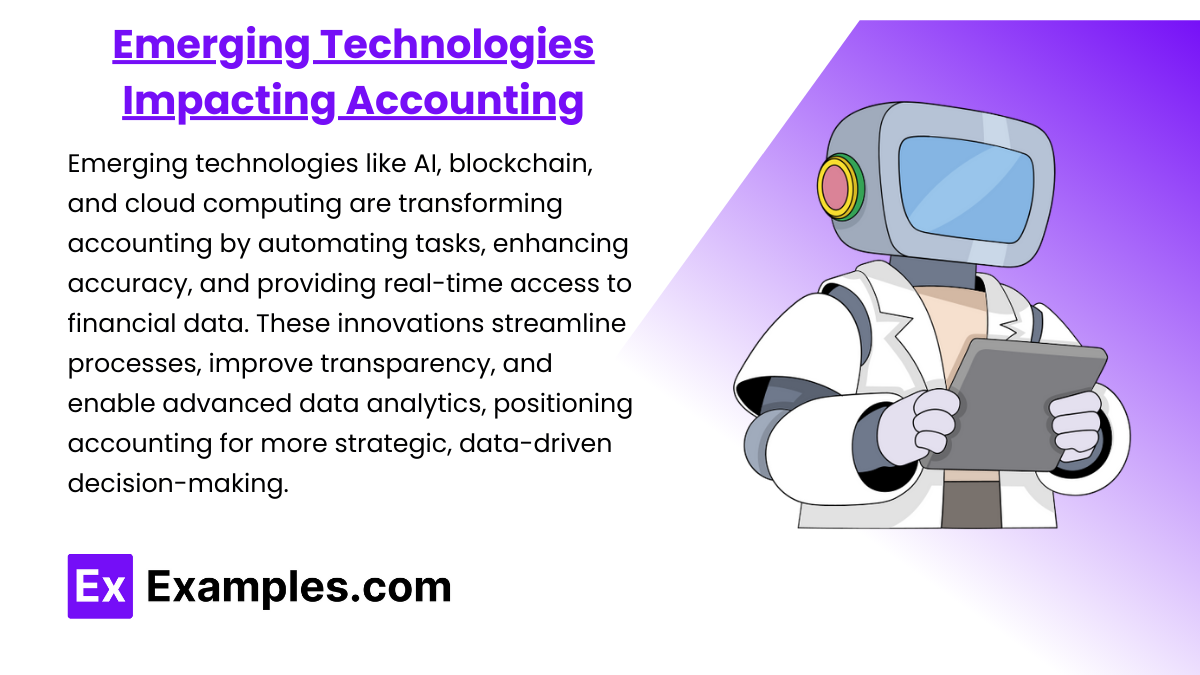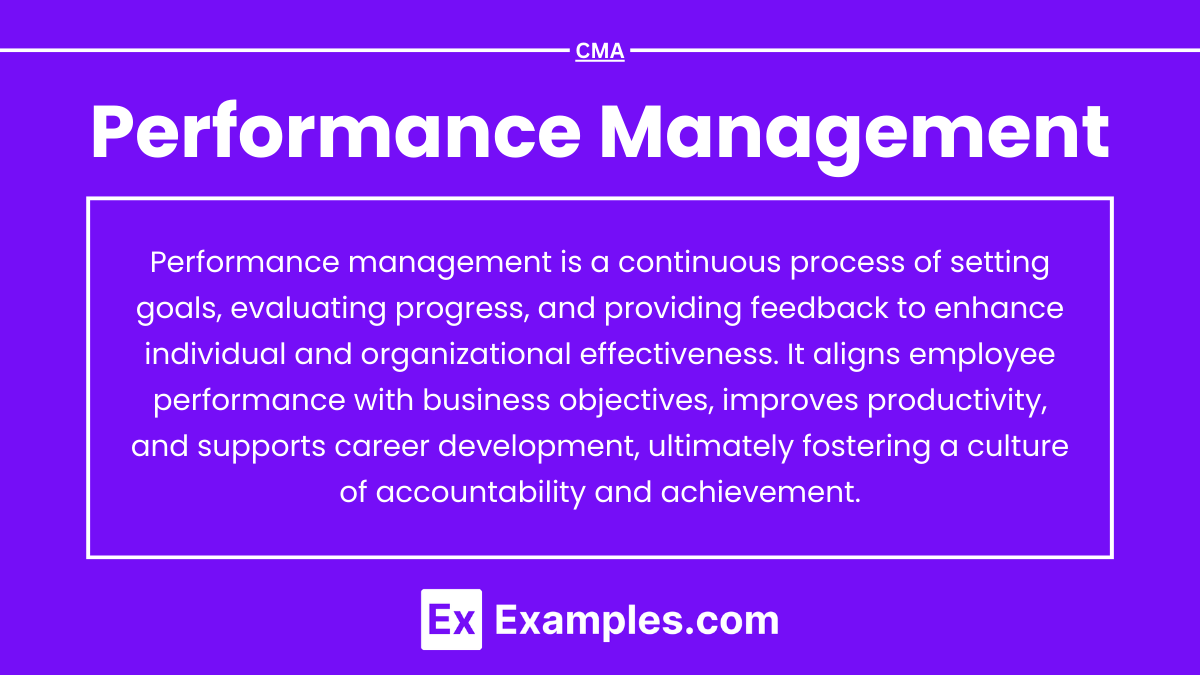Preparing for the CMA Exam includes building a strong understanding of “Technology and Analytics,” a key area for leveraging data-driven decision-making and optimizing financial operations. Mastery of emerging technologies, data analytics, and information systems provides an edge in identifying insights from complex financial data, fostering innovation, and improving operational efficiencies. This knowledge is vital for CMA candidates seeking to excel in modern financial management roles.
Learning Objective
In studying “Technology and Analytics” for the CMA Exam, you should understand how modern technology and data analytics enhance decision-making and streamline financial operations. Explore key concepts like data management, predictive analytics, and artificial intelligence, and how these tools impact business strategy and performance. Analyze the use of data visualization, big data, and cloud computing in supporting managerial decisions. Gain insights into data governance, privacy, and cybersecurity to manage data responsibly and mitigate risks. Apply this knowledge to interpret data-driven scenarios, assess the effectiveness of analytics tools, and evaluate how technology improves financial reporting and operational efficiency.
1. Technology in Accounting

- Digital Transformation: Understanding how digital tools like cloud computing, robotic process automation (RPA), and artificial intelligence (AI) streamline accounting processes.
- Accounting Information Systems (AIS): Exploring the role of AIS in collecting, processing, storing, and reporting financial data to stakeholders.
- Enterprise Resource Planning (ERP) Systems: Key ERP functionalities, modules for financial and operational integration, and their advantages in centralizing information.
2. Data Analytics in Decision-Making

- Descriptive, Predictive, and Prescriptive Analytics: Differences, use cases, and how each type of analytics supports decision-making within accounting and finance.
- Big Data: Characteristics (Volume, Variety, Velocity, and Veracity), sources of big data in accounting, and how big data improves insights.
- Visualization Tools: Using data visualization tools (e.g., Power BI, Tableau) to present insights effectively for decision-making.
3. Cybersecurity and Data Privacy

- Cybersecurity Risks: Understanding common threats like phishing, malware, and ransomware that target financial information.
- Data Privacy Regulations: Overview of global standards, including GDPR and CCPA, and their implications on handling client and company data.
- Protective Measures: Importance of encryption, multi-factor authentication, and regular audits to secure sensitive financial data.
4. Emerging Technologies Impacting Accounting

- Artificial Intelligence (AI) and Machine Learning (ML): Applications in predictive analytics, fraud detection, and automating repetitive tasks within accounting.
- Blockchain Technology: Basics of blockchain, its role in maintaining transaction authenticity, and implications for accounting transparency and traceability.
- Cloud Computing: Advantages of cloud-based solutions for real-time access to financial data, collaboration, and cost savings.
Examples
Example 1: Using Predictive Analytics for Financial Forecasting
Predictive Analytics in Decision-Making: Predictive analytics leverages historical data to forecast future financial outcomes, allowing companies to anticipate revenue trends, cost fluctuations, and cash flow needs.
Application of Predictive Models: By using regression analysis, machine learning models, and data mining, predictive analytics supports proactive financial planning and risk management, critical for strategic decisions.
Example 2: Implementing Blockchain for Secure Transactions
Blockchain Technology in Financial Reporting: Blockchain provides a decentralized, tamper-proof ledger that enhances the security and traceability of financial transactions, ensuring data integrity.
Real-Time Verification: Blockchain enables real-time validation of transactions, reducing the need for reconciliations and minimizing fraud risk, making it a valuable tool for financial transparency.
Example 3: Enhancing Data Visualization for Reporting
Data Visualization Tools: Tools like Power BI and Tableau transform raw data into easy-to-understand visual representations, aiding stakeholders in comprehending complex financial information.
Application in Financial Reporting: Data visualizations, such as dashboards and interactive charts, improve decision-making by highlighting trends, KPIs, and outliers, enhancing the clarity and impact of financial statements.
Example 4: Utilizing Artificial Intelligence (AI) for Fraud Detection
AI in Fraud Detection: AI algorithms detect patterns and anomalies in transactions that may signal fraudulent activities, reducing risks in financial reporting.
Automated Monitoring Systems: AI-powered systems continuously scan financial records, enabling early detection and prevention of fraud through automated alerts, significantly strengthening internal controls.
Example 5: Data Analytics in Cost Management
Cost Analysis Using Data Analytics: Advanced data analytics tools help identify cost-saving opportunities by analyzing spending patterns, supplier efficiency, and resource allocation.
Optimizing Resource Allocation: By scrutinizing operational data, companies can streamline costs, improving profitability and ensuring efficient resource utilization across departments.
Practice Test Questions
Question 1:
Which of the following best describes how predictive analytics supports financial decision-making?
- A) By identifying anomalies in current transactions
- B) By projecting future financial trends using historical data
- C) By visualizing real-time data in dashboards
- D) By securing transaction data through encryption
Answer: B) By projecting future financial trends using historical data
Explanation: Predictive analytics uses past data to anticipate future outcomes, enabling proactive financial planning and helping companies make informed strategic decisions.
Question 2:
Which technology is particularly useful for enhancing the security and transparency of financial transactions through decentralized record-keeping?
- A) Artificial intelligence
- B) Predictive analytics
- C) Blockchain
- D) Data visualization
Answer: C) Blockchain
Explanation: Blockchain technology provides a secure, decentralized ledger that records transactions transparently and prevents tampering, ensuring high integrity in financial records.
Question 3:
What is the primary benefit of using data visualization tools in financial reporting?
- A) Automating repetitive accounting tasks
- B) Providing encrypted transaction records
- C) Enabling stakeholders to easily interpret complex data
- D) Detecting fraudulent activities in real-time
Answer: C) Enabling stakeholders to easily interpret complex data
Explanation: Data visualization tools like dashboards and charts simplify the interpretation of financial data, helping stakeholders quickly identify trends and make data-driven decisions.


